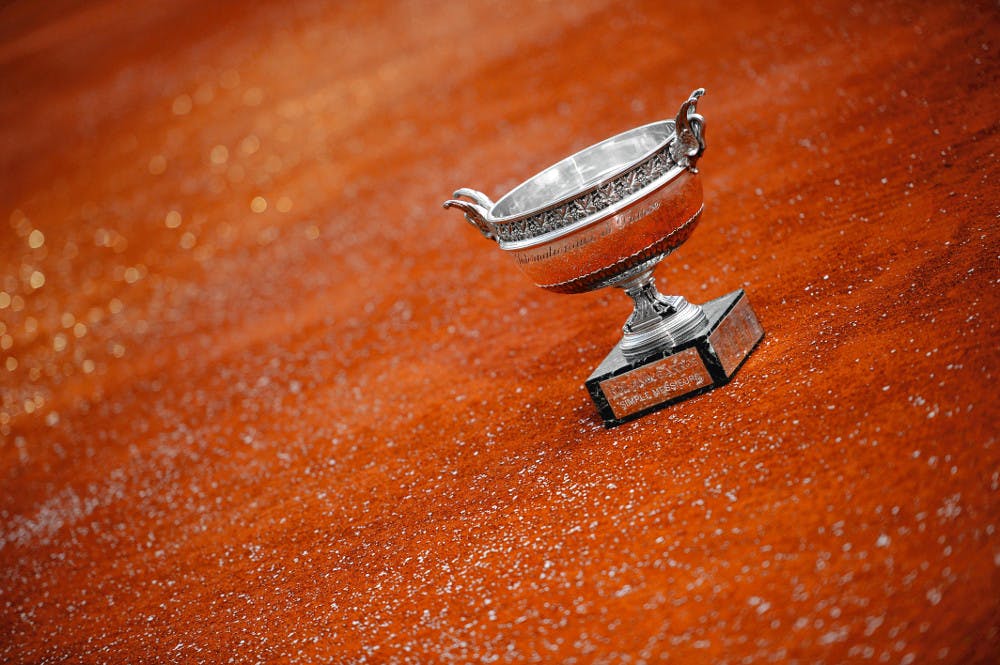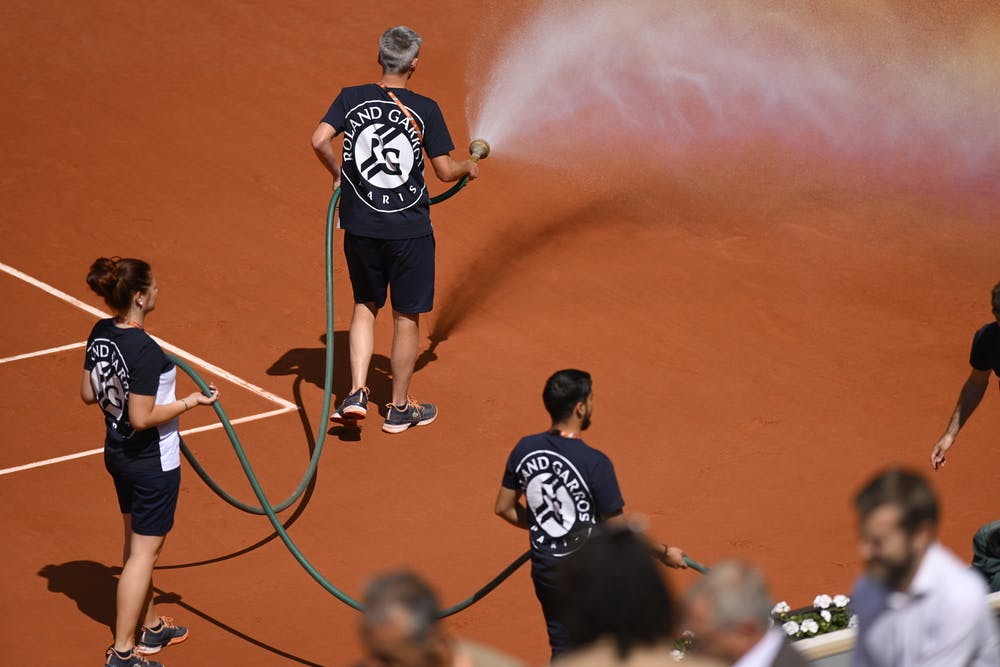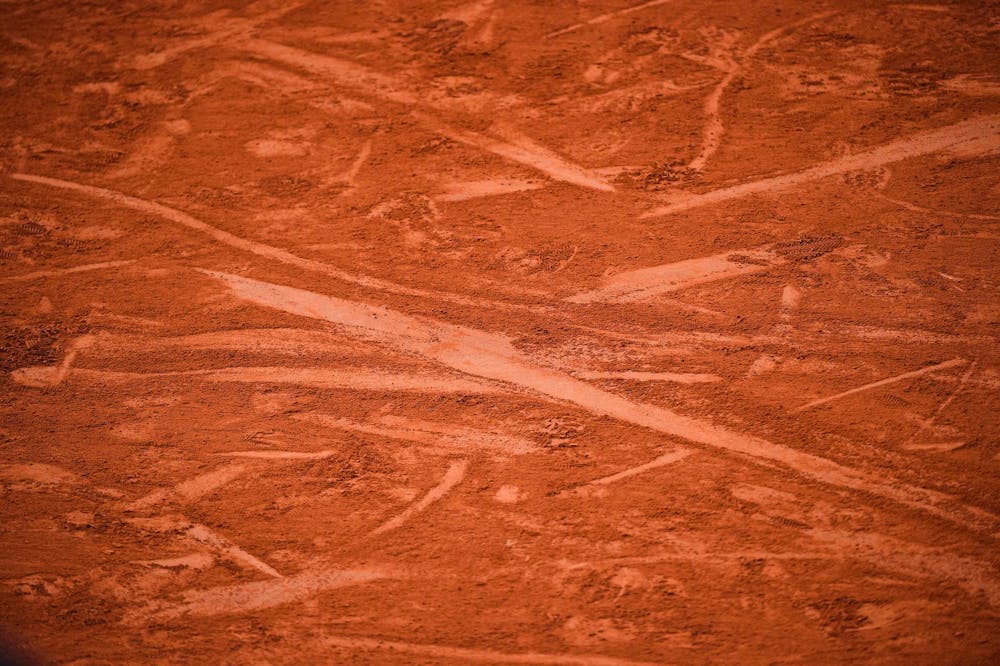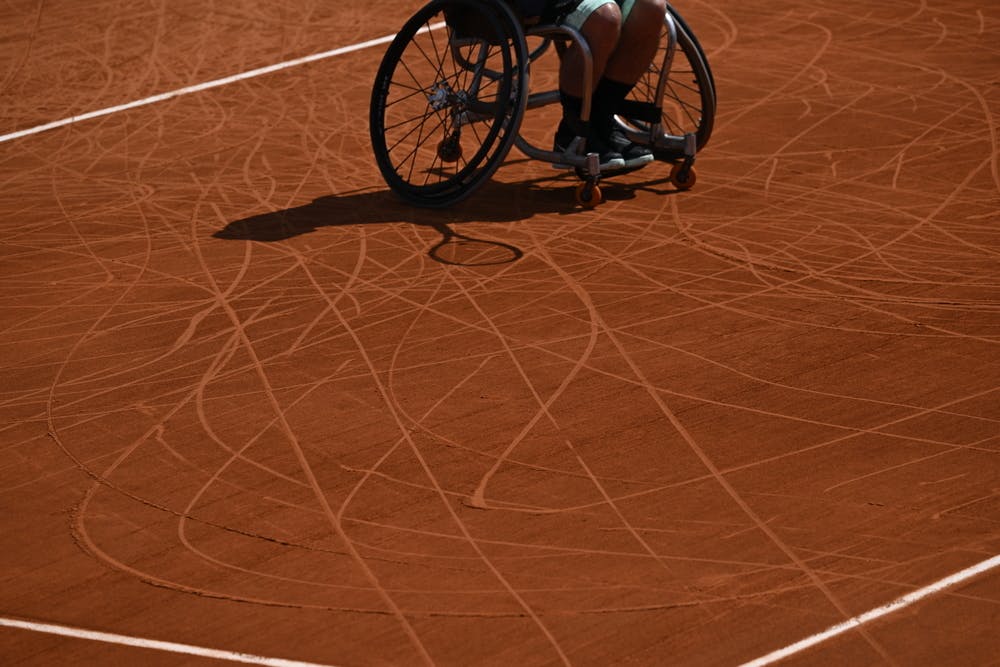Ever changing, the clay at Roland-Garros lives and breathes beneath the feet of the players, each sequence in a match a series of brush strokes creating another tennis masterpiece on a crushed red brick canvas.
At the tournament each year, the ochre-coloured surface morphs from point to point, footprints and slide marks forming abstract patterns that mark the cadence of epic confrontations, contested by the gladiators of our sport.
 ROLAND-GARROS
18 May - 7 June 2026
ROLAND-GARROS
18 May - 7 June 2026






